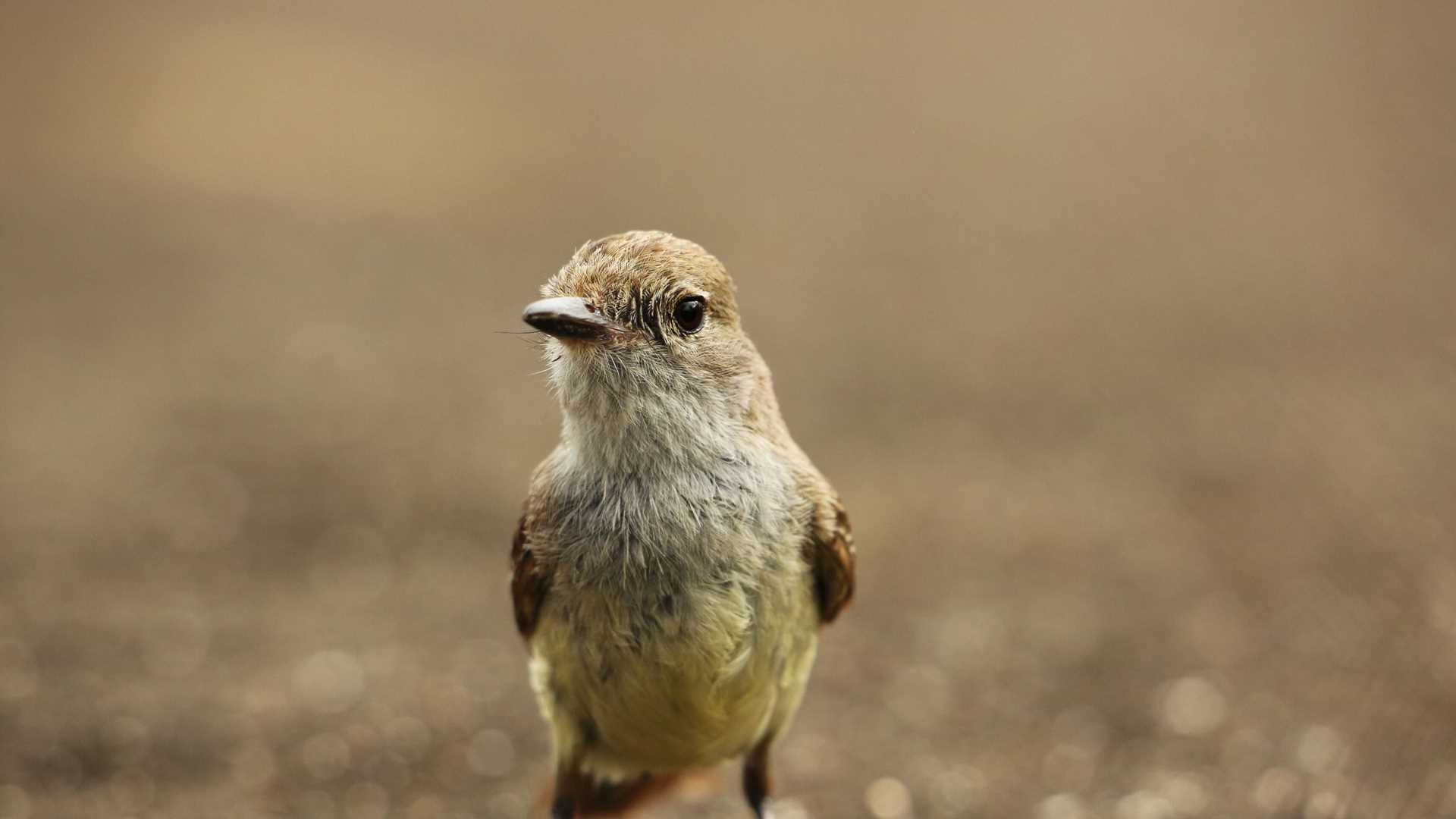On our fifth day in the enchanted Galapagos, we visited several visitor sites on Santiago Island, located northwest of Santa Cruz. Santiago was frequently visited by early sailors (such as pirates, whalers, and privateers) and even by the famous naturalist Charles Darwin. Once named James Island after King James of York by the pirate William Ambrose Cowley, this island is fourth largest island in the archipelago with an area of 585 km2.
In the early morning, some of us took a walk on a beach created by eroded tuff. Later, we headed to Buccaneer’s Cove for some water activities: kayaking, cruising on a glass-bottom boat, and snorkeling amid the underwater diversity of the Galápagos. To finish this outstanding day, we stopped at Puerto Egas for a breathtaking walk in the intertidal zone of Santiago.







